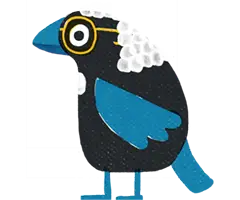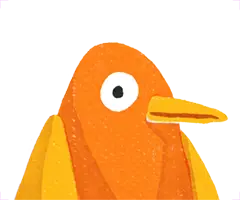Part 2Functions, powers, and duties of participants in civil aviation system
Regulatory roles: CAA
23Functions of CAA
The CAA has the following functions:
- to promote civil aviation safety and security in New Zealand:
- to contribute to establishing, implementing, operating, delivering, monitoring, investigating, and enforcing the regulation of the civil aviation system:
- to promote civil aviation safety and security beyond New Zealand in accordance with New Zealand’s international obligations:
- to provide and oversee a service to be called the Aviation Security Service, which has the functions and duties specified in section 138:
- to investigate and review civil aviation accidents and incidents in its capacity as the responsible safety and security authority (subject to the limitations set out in section 14(3) of the Transport Accident Investigation Commission Act 1990):
- to notify TAIC in accordance with section 50 of accidents and incidents notified to the CAA:
- to maintain and preserve records and documents relating to activities within the civil aviation system, and in particular to maintain the New Zealand Register of Aircraft and the Civil Aviation Records:
- to ensure the collection, publication, and provision of charts and aeronautical information, and to enter into arrangements with any other person or organisation to collect, publish, and distribute the charts and information:
- to appoint and oversee the performance of the Director, including by ensuring that the Director performs efficiently and effectively:
- to provide to the Minister the information and advice that the Minister may at any time require:
- to advise, assist, or co-operate with, or to provide advice and assistance to, any government agency or local government agency, including sharing information under section 466, if the CAA is satisfied that the performance of the functions and duties of the CAA will not be compromised:
- to issue warnings, reports, and guidance, and to comment about any matter relating to the civil aviation system and its participants or any other persons engaged with the civil aviation system:
- to provide or support the provision of information and advice with respect to civil aviation, and to foster appropriate information education programmes or research with respect to civil aviation:
- to enter into technical or operational arrangements, or both, with civil aviation authorities of other countries:
- to publish its regulatory strategy in accordance with section 27:
- to perform any additional function that the Minister directs under section 112 of the Crown Entities Act 2004:
- to carry out and exercise the functions, powers, or duties that are conferred or imposed on it under this Act or under any other Act:
- any functions that are incidental and related to, or consequential on, the CAA’s functions in paragraphs (a) to (q).
Compare
- 1990 No 98 s 72B(1)


